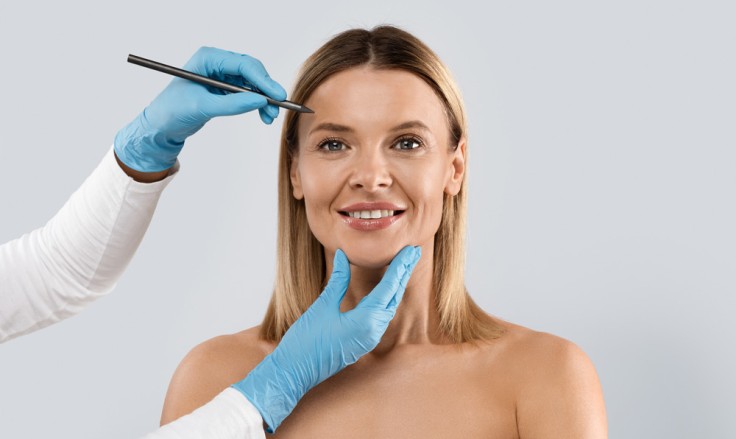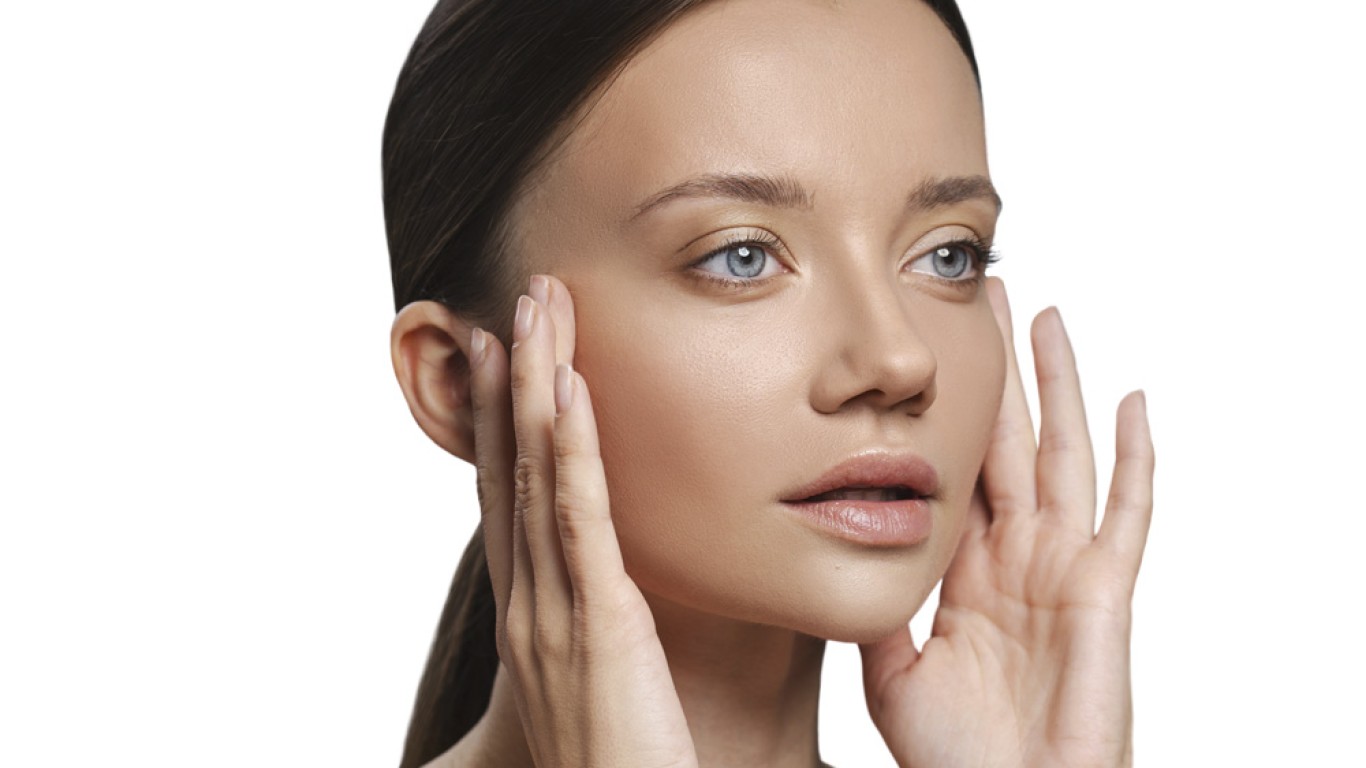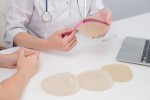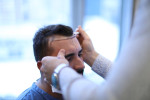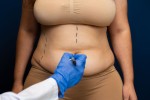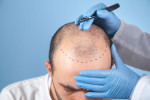Introduction
A forehead lift is an excellent way to rejuvenate the upper face, smooth lines and restore a youthful expression. However, many patients now seek subtle enhancement beyond surgery alone. By combining a forehead lift with non-surgical treatments, results can be refined, extended and blended. This integrated approach helps create smoother skin, lifted brows and longer-lasting confidence.
Understanding the Forehead Lift Procedure
A forehead lift (sometimes called a brow lift) targets sagging brows and deep wrinkles across the upper face. The procedure involves repositioning underlying muscles and tightening excess skin. As a result, it softens expression lines and raises the brows for a more refreshed look.
Surgeons often use an endoscopic technique that allows minimal incisions hidden within the hairline. This modern method provides faster recovery and minimal scarring compared to older approaches. Because a forehead lift corrects structural issues, it delivers lasting improvements in facial balance and expression.
Why Combine a Forehead Lift with Non-Surgical Treatments?
While a forehead lift addresses sagging and muscle laxity, non-surgical treatments target surface concerns. Combining both techniques achieves harmony between skin texture and structure. The result is a more complete rejuvenation.
Additionally, integrating non-surgical options helps maintain results for longer. For example, injectables can reduce the recurrence of fine lines, while skin therapies enhance texture. This combination allows patients to enjoy smoother, firmer and more radiant skin long after surgery.
Botox and the Forehead Lift Connection
Botox remains one of the most popular non-surgical additions to a forehead lift. It works by relaxing specific facial muscles, preventing deep frown lines from reforming. When used carefully, Botox complements surgical results by maintaining smoothness without restricting natural movement.
Surgeons often recommend waiting several weeks after a forehead lift before starting Botox. This is because it will allow tissues to fully heal. Once introduced, Botox treatments every few months can extend the rejuvenating effects of surgery, keeping the forehead smoother for years.

Dermal Fillers for Volume and Balance
Although a forehead lift elevates sagging tissue, it may not fully restore lost volume. Dermal fillers bridge this gap beautifully. They can add subtle fullness to the temples and brow area, enhancing contour and balance.
Hyaluronic acid fillers, in particular, offer natural-looking results. Because they integrate seamlessly with the skin, they help create a soft, youthful transition between the forehead and upper eyelid. When used strategically, fillers can fine-tune the outcomes of a forehead lift without additional surgery.
Skin Rejuvenation Treatments to Complement a Forehead Lift
Non-surgical skin treatments play a significant role in improving overall tone and texture. Procedures such as chemical peels, laser resurfacing and microneedling can complement a forehead lift perfectly.
Chemical peels remove dull surface cells, revealing fresher skin beneath. Laser treatments stimulate collagen production, tightening the skin and reducing pigmentation. Meanwhile, microneedling promotes natural healing and texture improvement. Together, these treatments ensure the skin matches the smoothness achieved through surgical lifting.
Energy-Based Devices for Long-Term Firmness
Advances in technology have introduced energy-based devices like ultrasound and radiofrequency treatments. These tools boost collagen deep within the skin, improving firmness over time. When performed months after a forehead lift, they can maintain elasticity and enhance longevity.
Because they’re non-invasive, energy-based treatments fit easily into a patient’s maintenance routine. Regular sessions support surgical outcomes and slow the natural ageing process. Many patients appreciate the subtle yet noticeable lift these devices provide.
Timing of Combining Treatments with a Forehead Lift
The timing of combining non-surgical treatments with a forehead lift is crucial. Most specialists suggest waiting until initial swelling subsides before beginning additional procedures. Typically, 3-6 months after surgery is an ideal window for introducing skin rejuvenation or injectables.
Planning the sequence carefully ensures the skin heals completely and responds positively to new treatments. Surgeons coordinate this timeline to deliver safe, balanced, and seamless results. Patients who follow this structured approach usually experience longer-lasting enhancements.
Conclusion
Combining a forehead lift with non-surgical treatments offers an elegant, comprehensive approach to facial rejuvenation. It balances structure, texture, and tone for smoother, longer-lasting results. Patients enjoy both the transformative lift of surgery and the refinement of non-invasive care. When carefully planned, this partnership achieves natural beauty and sustained confidence.
Interested in finding out more about combining a forehead lift with non-surgical treatments? Visit the ACIBADEM Beauty Center website.
Frequently Asked Questions
Most non-surgical procedures start three to six months after surgery once healing is complete.
No, they complement surgery by maintaining results and smoothing smaller lines between treatments.
With proper care, patients enjoy results for several years before any touch-ups are needed.
No, when timed correctly, they enhance and preserve the effects of a forehead lift safely.
Yes, under professional guidance, combining a forehead lift with non-surgical care is safe and effective.
